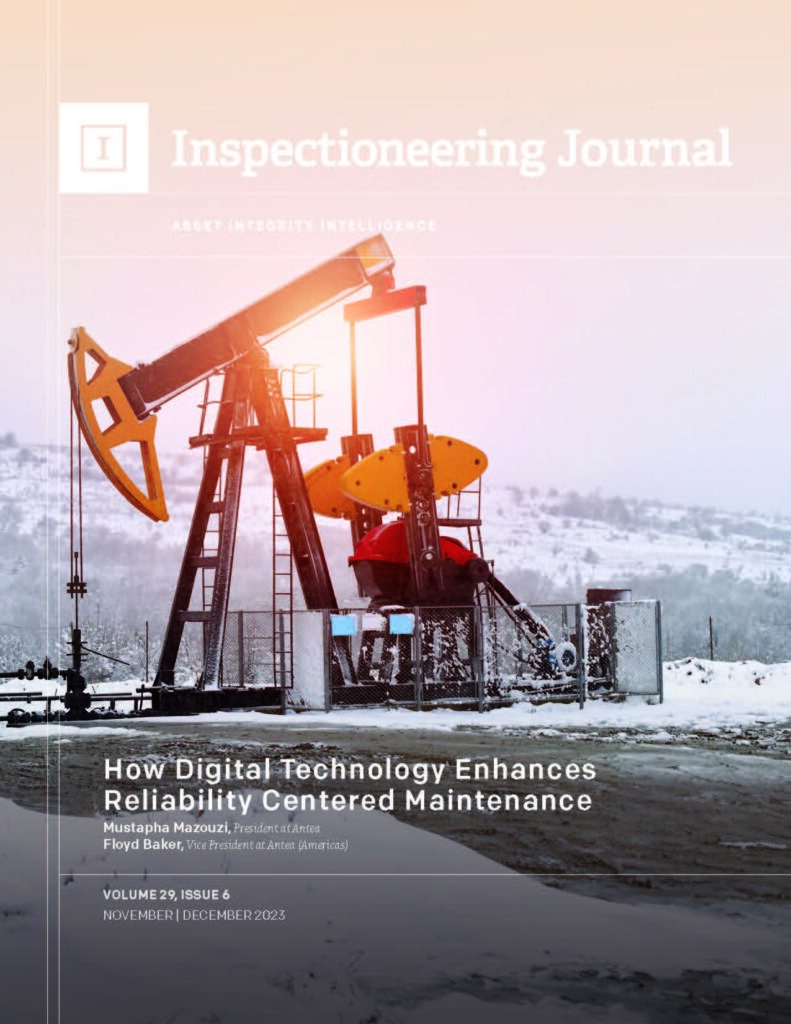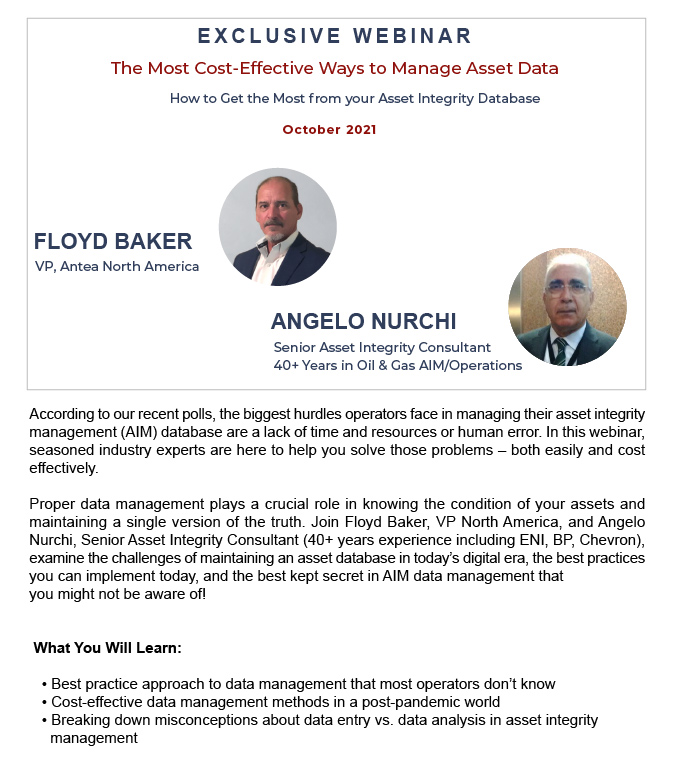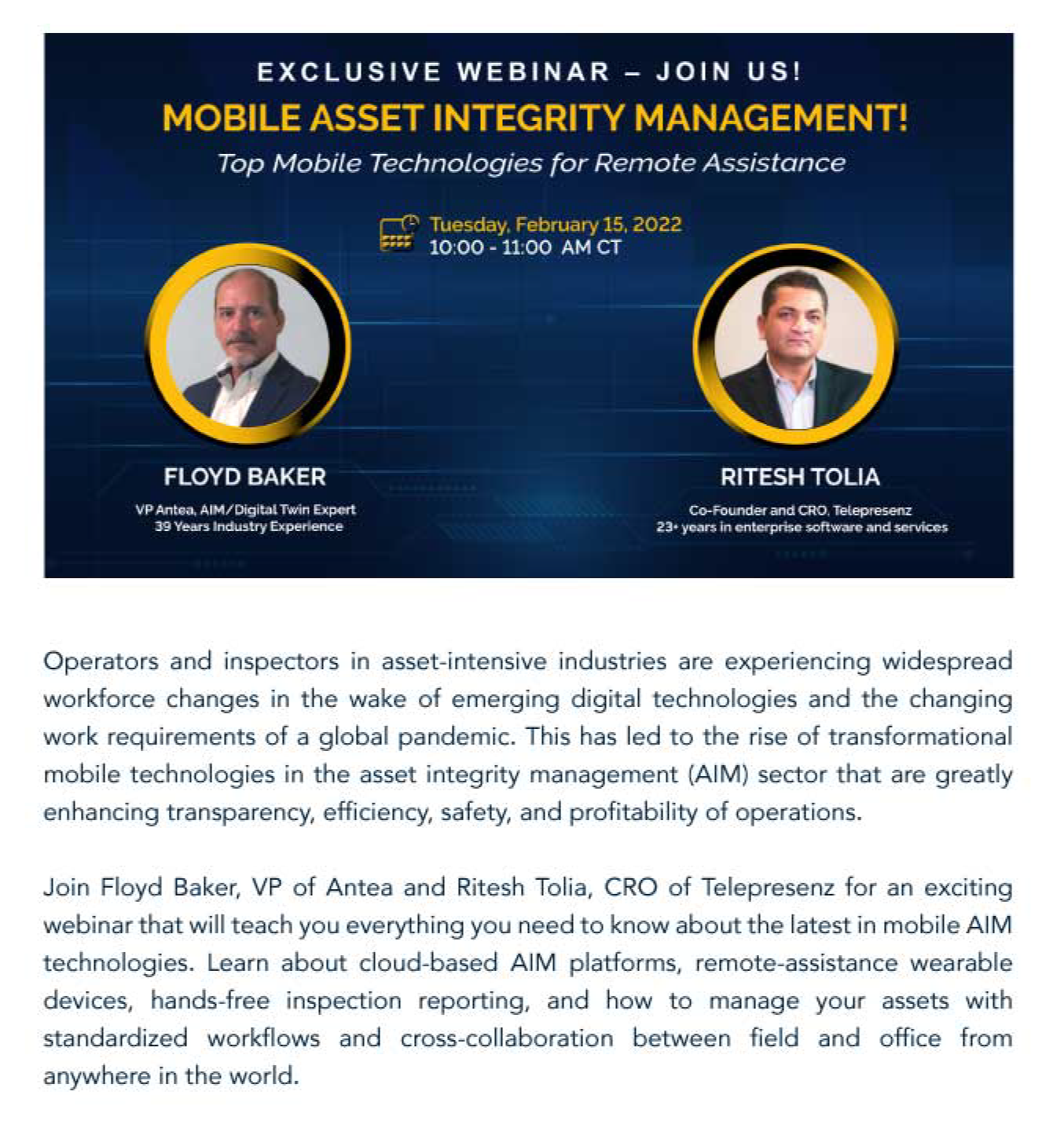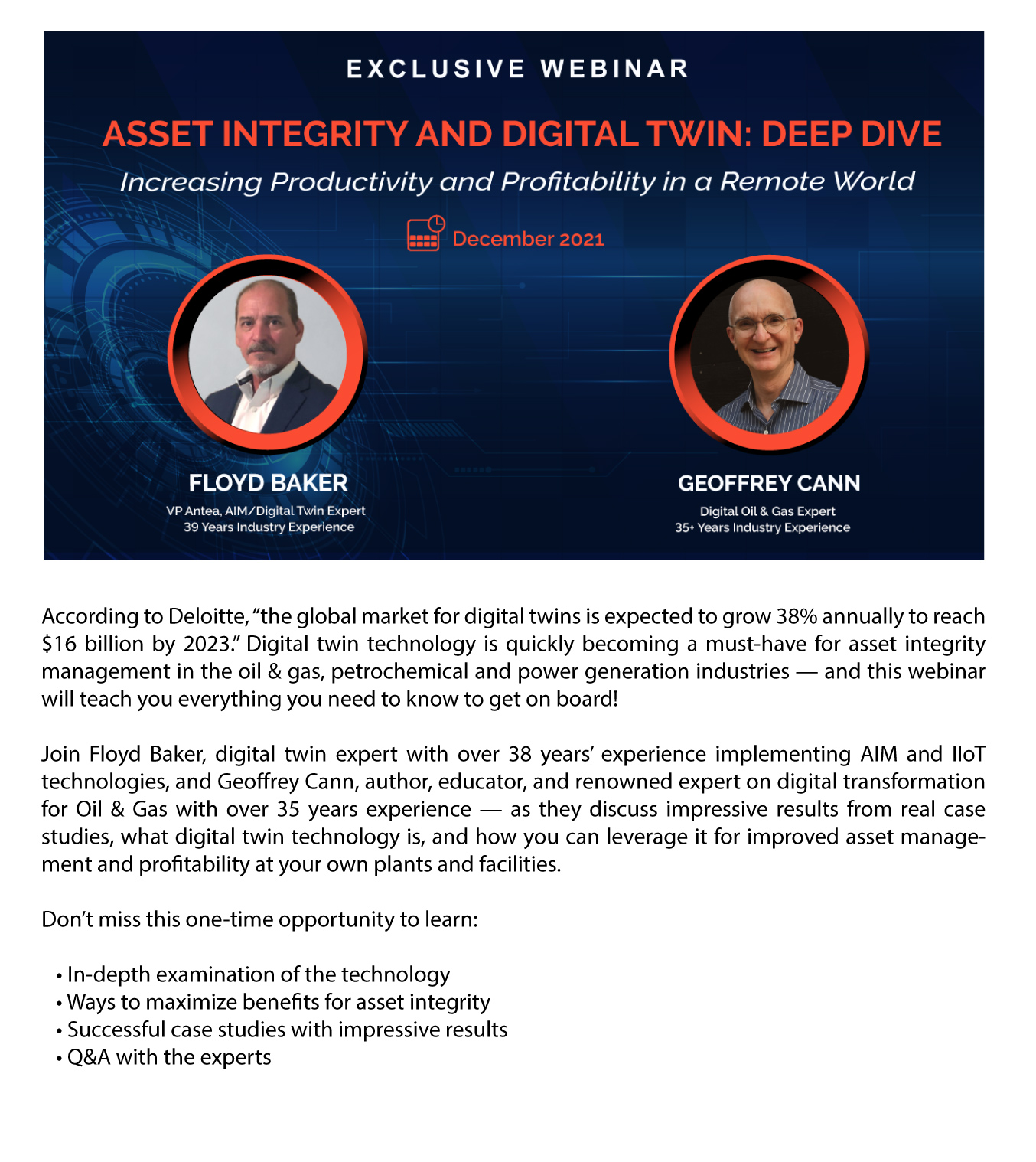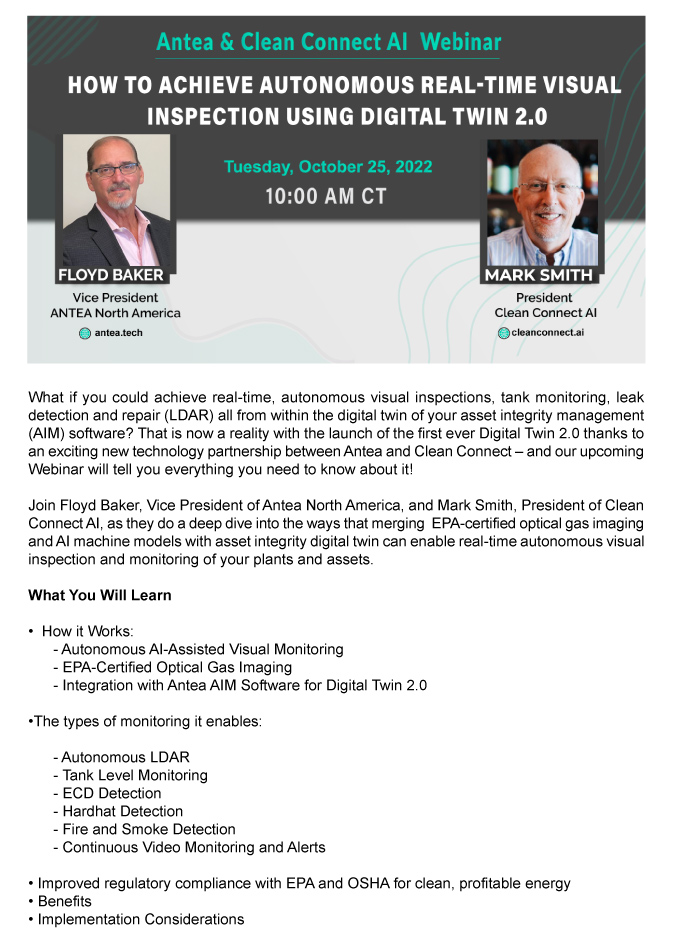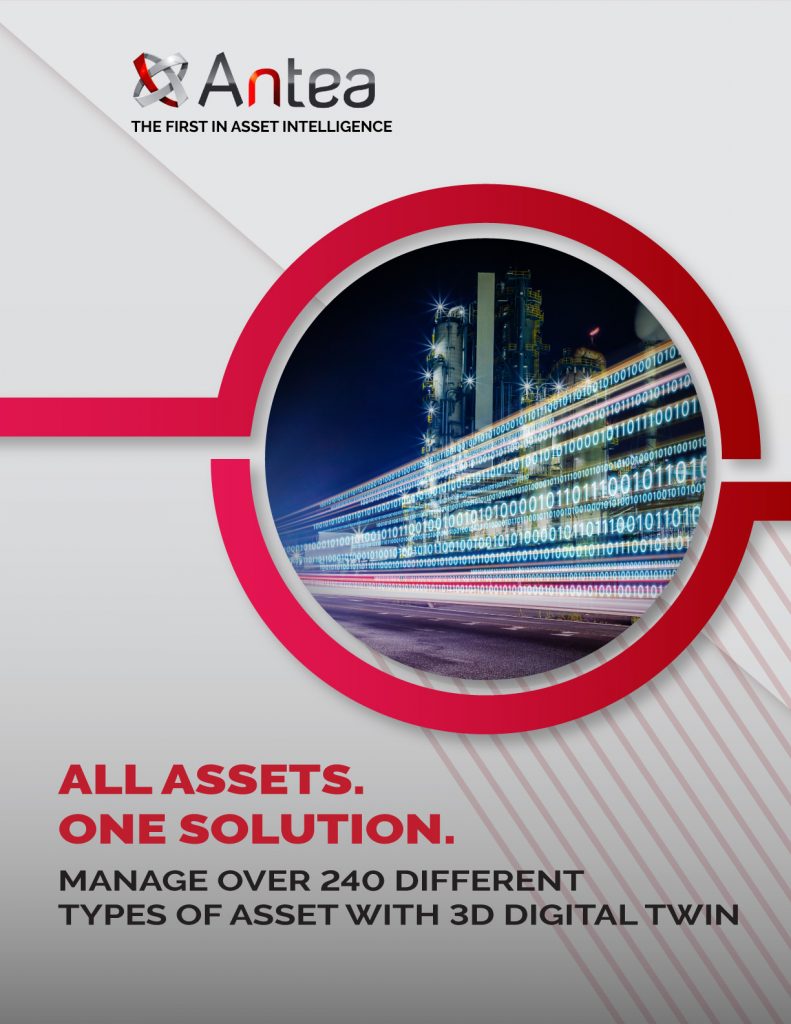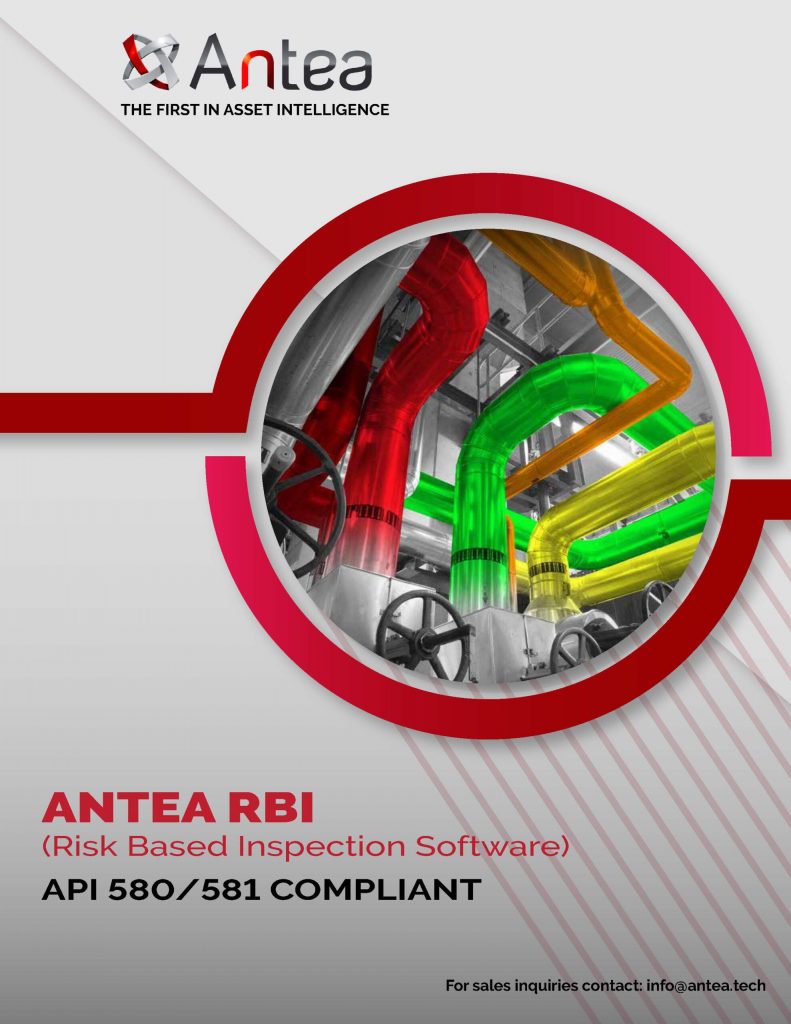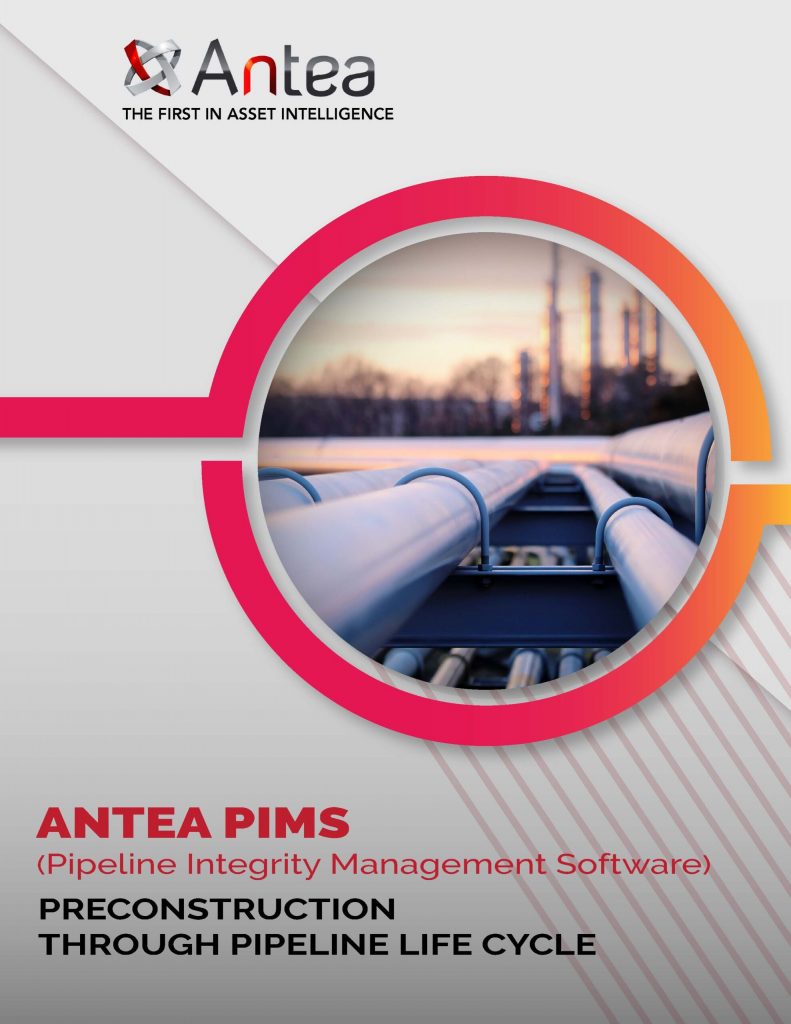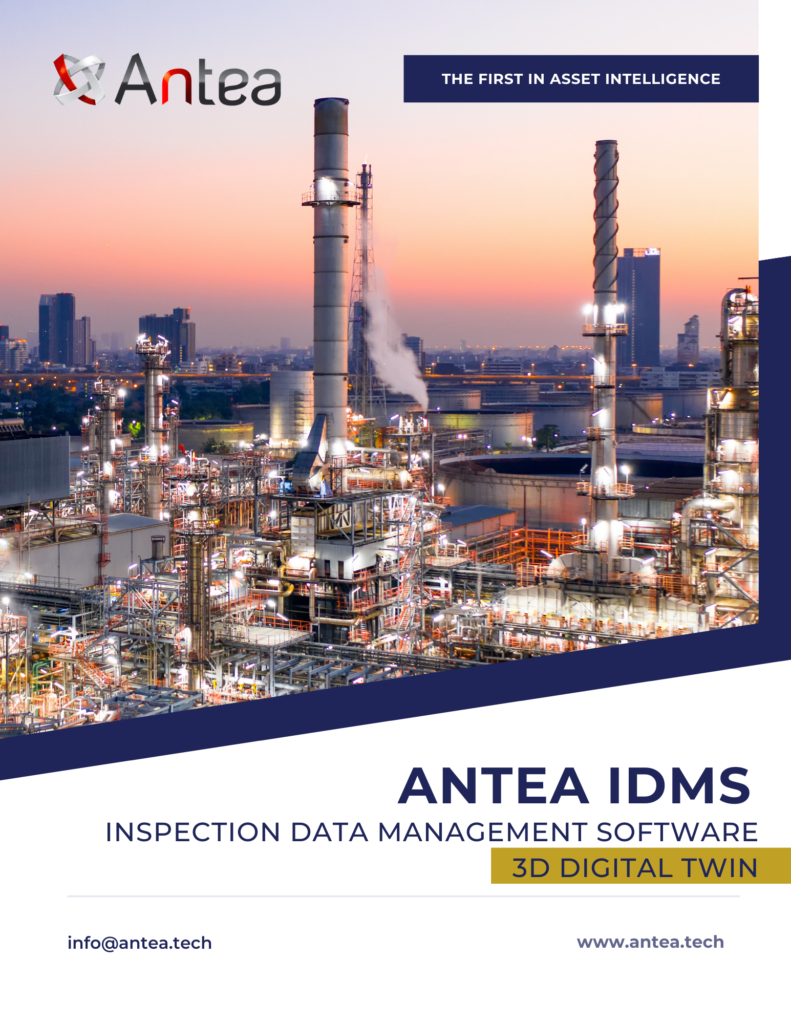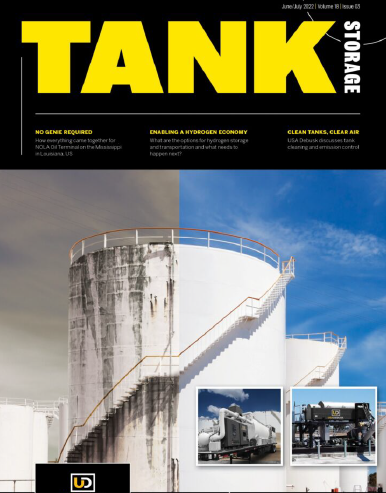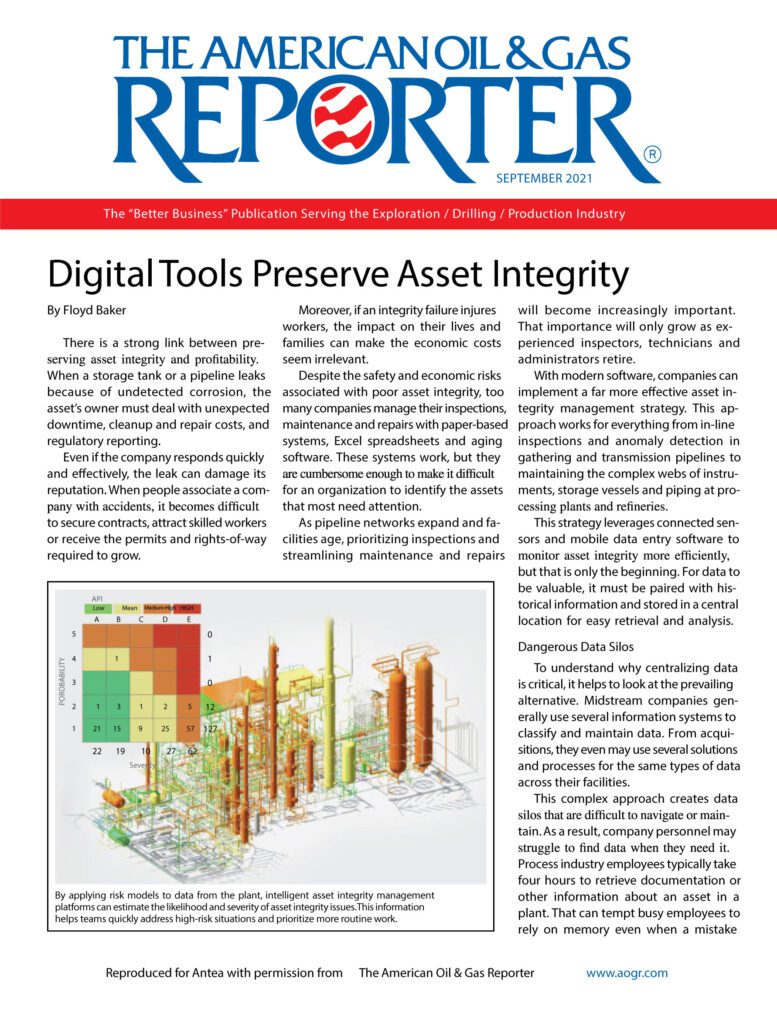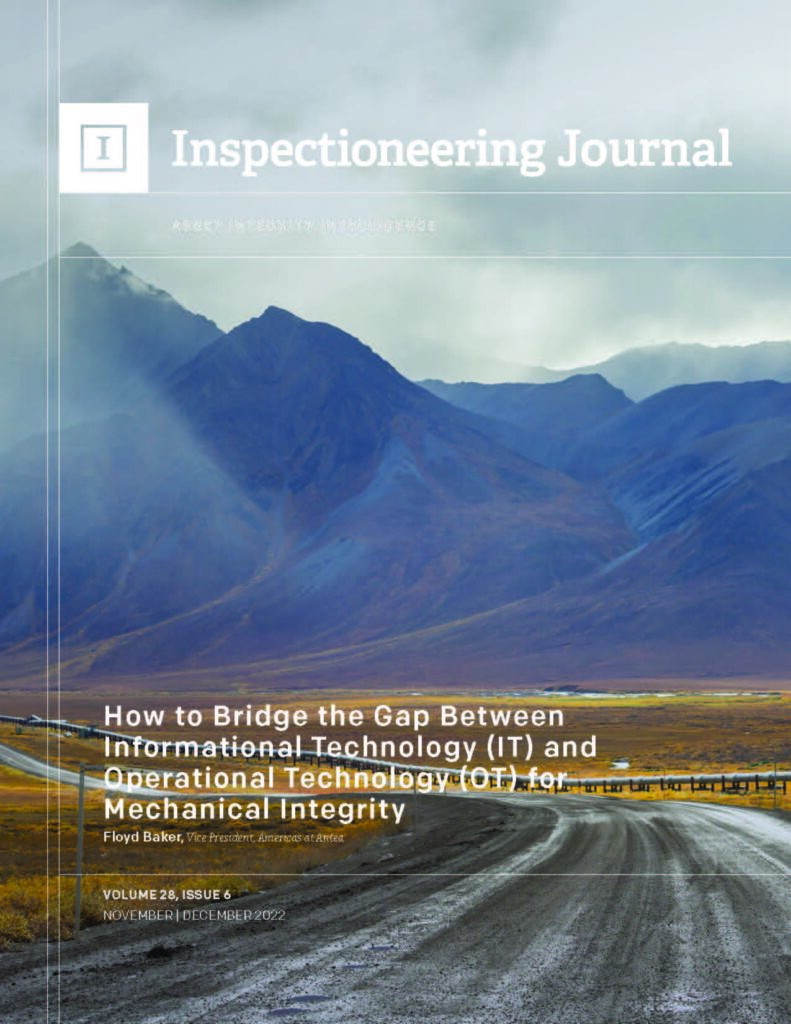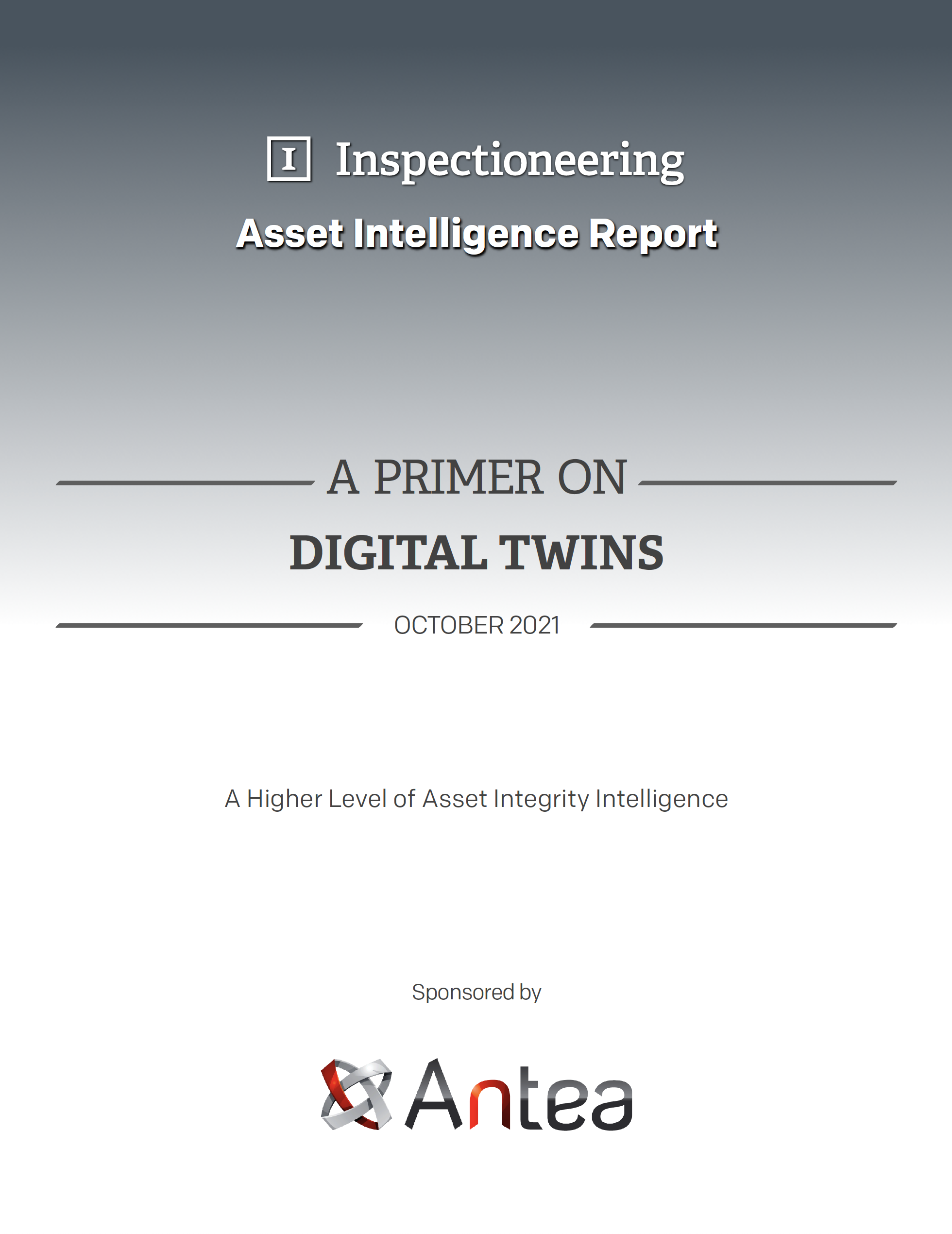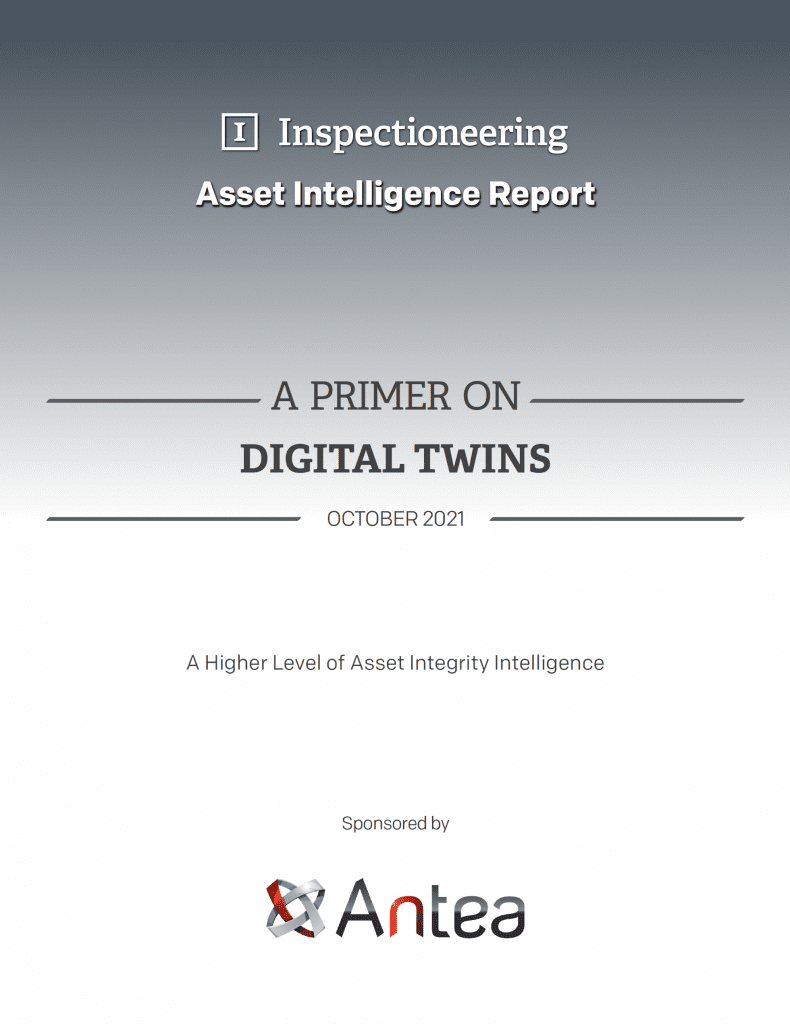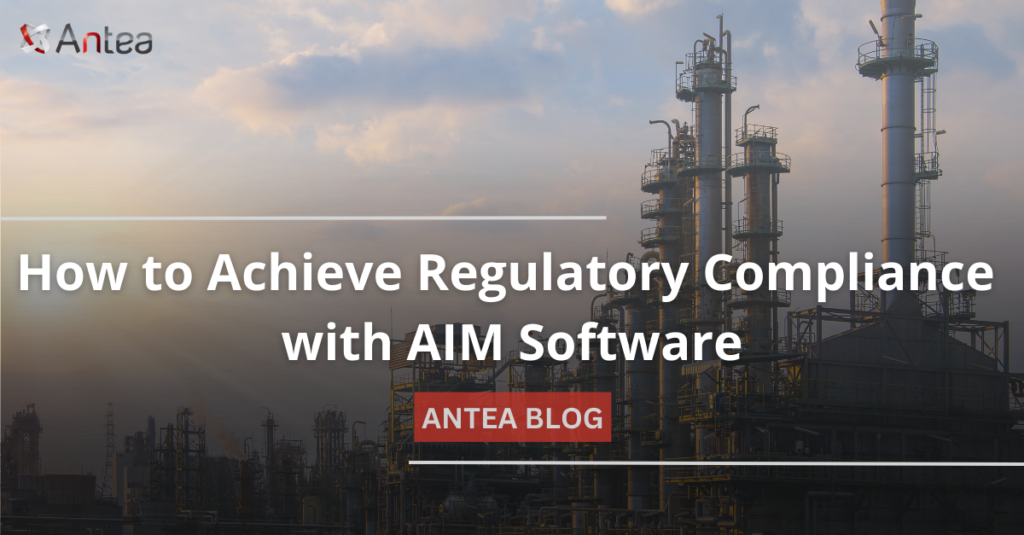
Regulatory compliance is a critical aspect of asset management for operators in asset-intensive industries – including oil & gas, power generation, chemical, nuclear, and even pharmaceutical. It is an essential component to ensuring safe and reliable operations while preventing critical asset failure that could have lasting environmental and safety impacts.
Yet, it can be a daunting and at times tedious task if operators are relying on dated methods of paper-based reporting and funneling of inspection findings. Often, the critical intelligence needed from an asset is difficult to locate or compile. Even when it is found, generating reports that align with stringent requirements can be a hassle.
Still, compliance is not optional: it is a mandated and essential task, and one that comes with costly repercussions if it isn’t managed properly. Failure to pass an audit or comply with regulations can lead to hefty fines, increased insurance premiums, damaged reputation, and costly unplanned shutdowns.
For process and energy sectors, there are numerous regulations that govern asset management. These can vary according to location, industry, and asset types. For example, those in process and energy sectors must adhere to standards such as those from the American Petroleum Institute (API), American Society of Mechanical Engineers (ASME), Occupational Safety and Health Administration (OSHA), Environmental Protection Agency (EPA), and a variety of international standards such as those from ISO.
In the pharmaceutical industry, regulatory bodies such as the Food and Drug Administration (FDA), International Council for Harmonization (ICH), and World Health Organization (WHO) are paramount. Pharma manufacturers must adhere to good manufacturing practices (GMP) and demonstrate quality risk management while ensuring data integrity practices that align with ALCOA.
Regardless of the industry type or governing body, all operators of asset-intensive plants must deal with the same critical element of asset management: demonstrable compliance. In the same way, in all these industry types and for all these standards, a single yet powerful tool provides the answer: asset integrity management (AIM) software.
AIM software is a powerful tool for achieving regulatory compliance while optimizing inspection strategies and reducing risk throughout a facility. Here are a few simple ways that AIM software can not only simplify but also automate continuous compliance for operators:
Centralized Data Management
Inspection data management (IDMS) via AIM software helps you maintain a comprehensive, digitalized and centralized registry of all assets, inspection schedules, reports, historical and current data for each piece of equipment. Not only does this help you maintain a comprehensive and up-to-date database, it also enables you to instantly access and analyze actionable information.
Automated Inspection Planning and Reporting
An AIM software that is designed to inherently align with these standards enables you to ensure that the specific data required for demonstrating compliance is readily available. In addition, robust AIM software should provide automated report generation capabilities, enabling you to instantly populate reports from existing data that is tailored to the standard at hand. AIM software also enables automated inspection planning according to specified requirements, automating the generation of inspection plans and schedules in alignment. This helps ensure the entirety of operational processes are congruent with regulatory standards, from inspection planning through to maintenance interventions and reporting.
Risk Based Inspection (RBI) for API 580 & 581
RBI is a methodology that prioritizes inspection intervals according to risk (instead of time). It has been proven to reduce inspection frequency and the occurrence of incidents in asset-intensive facilities up to 77%. RBI methodology is also a directive from API (580/581) for those in process and energy sectors that is in many cases mandatory to implement. For the pharmaceutical sector, it is a useful tool to assess business risk and lower the likelihood of contamination during manufacturing. An AIM software with RBI built into it helps you assess the probability and consequence of failures, calculate risk levels throughout a plant, and optimize inspection and maintenance planning according to those risk levels. If the AIM software is also equipped with Digital Twin, it becomes possible to instantly view contextualized risk levels throughout a plant colorized according to risk. From there, a high-risk asset can be clicked on to access all of its historical and current data – even from remote locations via mobile device – making it possible to plan interventions more efficiently and with fewer resources required onsite.
Remote, Continuous Monitoring
The advent of IIoT has enhanced the capabilities of AIM software with advances in technology that enable operators to remotely and continuously monitor their assets. These include sensors that can be monitored temporarily or permanently on equipment both above and under insulation, making the asset a communicative entity capable of relaying its own conditions. Sensors can be used to monitor thickness, temperature, pressure, flow rates, tank levels, moisture, and conditions that can lead to corrosion or other damage mechanisms. In addition to mountable sensors, computer vision and cameras exist that can detect fugitive emissions or leaks and instantly notify of conditions that could be cause for concern. If the AIM software is equipped with a digital twin, the information received from an asset in this manner can be instantly visualized from a tablet or device from right within the AIM software. Even further, if the AIM software is equipped with Integrity Operating Windows (IOW), an operator can set boundary limits that dictate safe operating conditions for an asset, and be instantly notified the second those conditions are breached. All these functionalities enable predictive maintenance planning and real-time access to live asset conditions. In turn, this data helps inform the overall picture of an asset, bolstering one’s ability to demonstrate compliance and establish plans that are congruent with standards.
IT/OT Convergence
AIM software makes it possible to bridge the gap between informational technology (for example, financial and resource planning tools, ERP, CMMS, SAP, Maximo, SCADA and other platforms) and operational technology (the information received from or observed at the asset). Often, this information is managed in silos, where each department is responsible for its own data (engineering vs maintenance vs inspections, for example) but a single version of the truth does not exist from which all parties can collaborate. This can make regulatory compliance unnecessarily difficult, as it requires chasing data in disparate departments, trying to ascertain if the correct versions are being utilized, and spending significant time and resources to consolidate all of the information types required to satisfy an audit. AIM software acts as the central hub for all sources of data input that a facility might have, interconnecting and bidirectionally linking all of the aforementioned sources – both from the IT side and the OT side. In doing so, it ensures that all parties are accessing a single, current, and accurate picture of what’s happening with an asset. Comprehensive AIM software converges this data in a way that reduces time and resource requirements for data mining while automatically populating the data in a manner congruent with specific regulatory standards.
Recent case studies conducted by Antea revealed the most notable benefit that companies experienced with AIM software came in the form of Time to Find (TTF) data (savings of $1.8+ million per year) and instant reduction in insurance premiums due to the ability to demonstrate reduced risk ($50,000+ reduction immediately upon implementing AIM).
The truth is, maintaining continuous compliance with regulatory standards is an integral part of AIM. Yet, it needn’t be a burdensome one. Comprehensive AIM software with RBI, IDMS and Digital Twin can take compliance from a point of stress to a seamless and automated process for operators in any industry – because no matter the equipment type, the solution is universal.
About the Author

Mustapha Mazouzi is the President of Antea Americas. He is a mechanical engineer with a Masters in Engineering Project Management from Canada. For over 20 years, he has lent his creativity and natural management skills to a multitude of industries. He worked for five years in the manufacturing and transformation industry, and then 15 years in oil & gas. He has been integral to the design of many different technology startups and has been a key player in the evolution of Antea as the company expands to new markets around the world.
#MustaphaMazouzi
Additional Resources
Want to learn more from industry leaders while networking and accumulating API CPD credits? Attend the 2nd Antea Asset Integrity Summit, which is a FREE event occurring on June 1, 2023. Includes catered meals, exhibition area, and certificates for API’s CPD program (all inclusive). Learn more here.
For more information on AIM software with RBI, IDMS, IOW and Digital Twin, click here.
To learn about scalable implementation strategies for digital transformation to improve regulatory compliance, download our eBook: Owner Operator’s Guide to Digital Transformation

